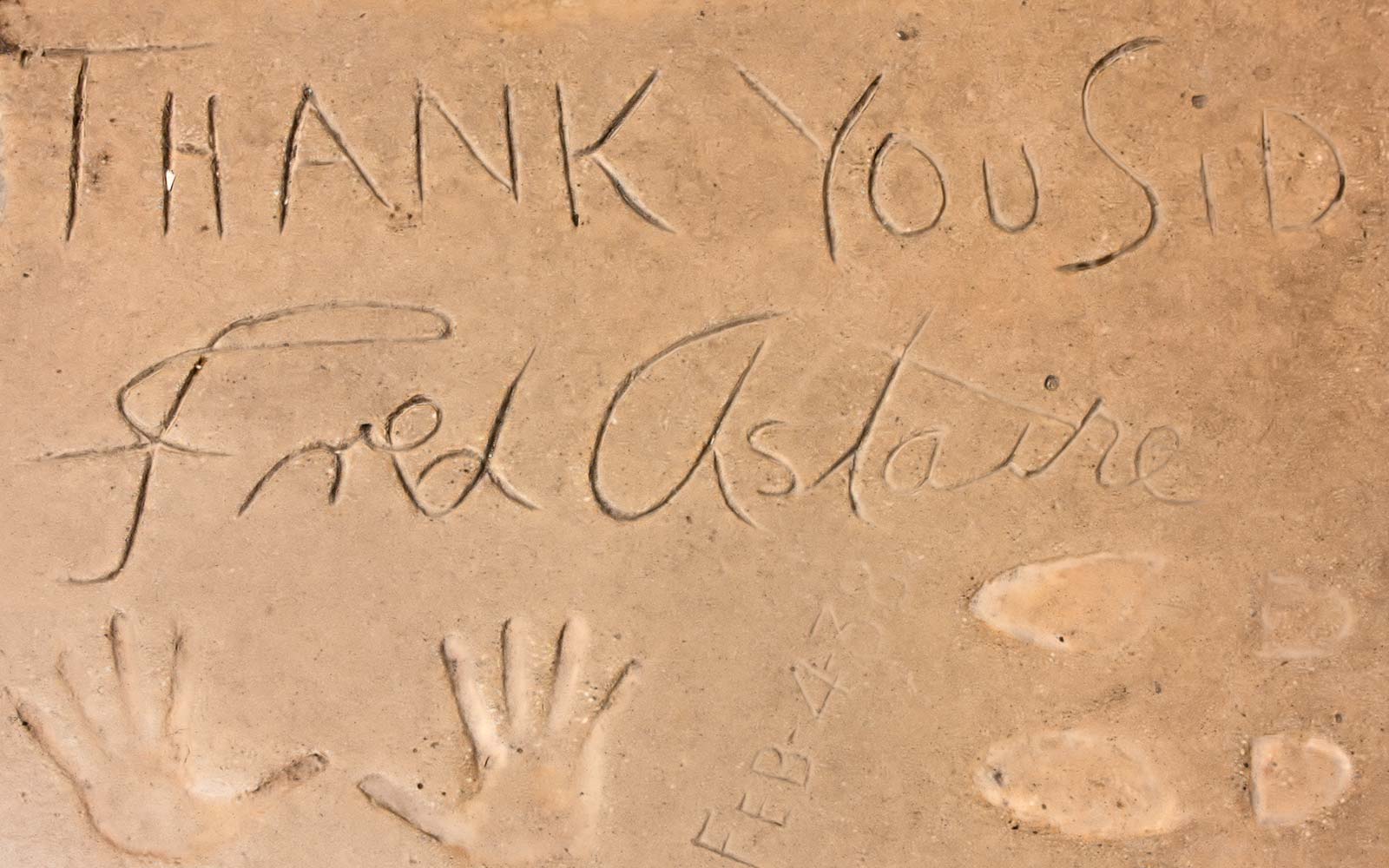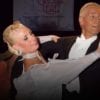Recently someone on Quora asked “What made Fred Astaire such a great dancer? I mean he dances like any other normal person would.” Don’t laugh. It was an interesting question. Because Fred Astaire wanted his dancing to look like anyone could do it.
Astaire combined elegance, ease and grace into a dance style that offered escape to an American audience struggling through the Great Depression and then a devastating world war. But his greatest strength was the way he made difficult things seem easy. He is often compared to another great male dancer of his time, Gene Kelly. But where Kelly did difficult things that you knew were difficult, the way Astaire danced looked effortless. This illusion was the magic of his performance style.
Astaire’s experience in Vaudeville and film since he was a young lad also led to a rich understanding of how dancing translates to film. He made familiar steps look magical and new. For an audience that had become somewhat jaded by musicals that just acted as showcases for skilled dancers, he broke new ground by trying things that had never been done, like dancing on the ceiling (using a rotating room), using a mop as his partner, or dancing around firecrackers. And yet, even with these fresh new approaches to dancing on film, he would make sure that the dancing always looked as if anyone could do it.
Even with fresh new approaches to dancing on film, he would make sure that the dancing always looked as if anyone could do it.
Perhaps the best answer to the question posted on Quora was from Benjamin Murphy. It’s so good that I’ll share a portion of it:
Does Astaire dance like any normal person does? No: but his art consists in making you think, for a moment, that you could dance that way. There was a story told by a famous photographer, whose name escapes me, about his meetings with Astaire and Gene Kelly. When he was taking Astaire’s photo, he asked Astaire to teach him a dance move. Astaire showed him how to tap an umbrella on the ground as he was walking. Later, he recounted the story to Gene Kelly, who showed him how to throw an umbrella in the air and catch it behind his back. Gene’s move is showy — it sounds difficult, looks difficult, and when you’re do it, people can see that you are dancing. But tapping an umbrella on the ground as you walk — doesn’t everybody already know how to do that? Yes we do, but not like Fred Astaire.
His dancing incorporates everyday gestures and actions. His routines often move gradually from talking and walking to singing and dancing. Hermes Pan explained that this was something they thought about a lot. In musicals, you go from reality — people speaking — to fantasy: dancing with music that comes from out of nowhere, and the transition was handled carefully, deliberately. Back then, people would go and watch Fred and Ginger dancing on-screen and then they’d expect to try out some of those dance moves themselves, so you will see parts of those dances that are not so difficult, and that anyone can imitate. Then they transition to the kind of dancing that requires a very high level of expertise.
A good example of this gradual switch is the opening sequence of Easter Parade. He’s walking down the street, looking in a shop window, entering a shop and buying stuff. There’s a sense in which Fred isn’t actually dancing at this point. True, there is music playing and everyone is singing, but there isn’t any action Fred does that is incompatible with what his character is doing. But of course he is dancing because the timing is perfect, the gestures are just right, everything fits together.
Astaire was a master of making the difficult things look easy. The golfing scene from Carefree in which he hits each ball with perfect musical timing and always straight down the fairway. The drunk scene from Holiday Inn where he stumbles around yet with precision that is awe-inspiring. Even the most ordinary actions are masterful movements all perfectly timed to music. Nothing, no line of the foot or placement of arms and hands or angle of the head is out of place yet the dancing looks casual, as if anyone could do it. We should all strive to look that effortless in our dancing.
Here’s a nice overview of some of Astaire’s most memorable scenes. Enjoy!













While Fred was true magic on the screen, pretty much all of his partners commented on his work ethic. He was a strict task master, demanding practice after practice, often working many hours on just one move to get it as he wanted. Ladies feet took the toll, of course they were also in heels. Watching their numbers you can certainly appreciate the level of repetition required to fine tune every move.
During COVID I have been able to capture several of the classic song and dance movies from their heyday and marvel as I repeat-watch the dances. I am also a huge fan of the costuming of the era.
All “good” dancers are at the peak of fitness, and need the talent and drive to be really “great”. I will continue to admire these people, and struggle on with just enjoying what I am capable of at the moment.
Thank you George and Wendy for continuing to share your love of dance.
Very true. It wasn’t uncommon for him to run through dozens of takes to get things just right. I recall a scene from Follow the Fleet, where Ginger wore a dress covered in stones. The sleeves were heavy and during a spin her sleeve struck Fred in the forehead. You can see him visibly stagger when it happens. He redid the scene something like 20 times but in the end selected that first one because he felt, despite his reaction to the blow, that it was the best one.
While it is great to be a rask master he should have been worrying about his own dancing. While some of his gimmicks in the 30s and 40s were fine (i.e. dancing on ceiling, walls, or using a coat rack as a partners, dancers like Gene Kelly anhilated him in technique, style, versatility, passion, and interpretation.
Everytime I watch ANY movie with Fred and any partner they are much better than he is and shows his sub par level of attention to details on his own level. Don’t think so? Here are some points to prove it:
1. The man has one style and one style only. He adapts his style to the music but there is never any change. Whether it’s a waltz, rag time, cuban style, it still ends up a waltz style. Boring!
2. His high waters with colored socks. If you are going to be showing off your steps they better be accurate with positioning of your feet in the correct position. I will elaborate in next bullet.
3. The man continually has sloppy legs positions and feet. His legs are not extended as they should be, toes pointed or feet together. Instead of a gliding on top of the floor part of the time he walks things. i cannot stand sloppy foorwork.
4. Hands, he never finishes them out. They hang like they are dead, no thought given to position like Bob Fosse would or at least keep your fingers together. Then there is the fake gun with fist closed and index finger stuck out straight. Has no one taught this man about how hands and fingers of the loose hand being finished.
5. Does not arch his back. Unless you are doing the Bob Fosse hunched swagger, which he is not, he has terrible body line.
6. Compared to his partners you can drive a truck between his legs. This is NOT the Fred Astaire show. You match your partner if you are dancing with a partner. Any exceptional ballroom team work on matching. Even in his “Heyday” you put him up against the ballroom dancers today and he would look like grandpa trying to compete.
7. The father daughter partnership is NOT pretty. While I get Fred was trying to do his best the man frankly looked old and danced old. He did NOT try to come up with fresher steps or choreography to update his dancing. It is NOT a pretty look, especially when partners were gorgeous, dressed up well, and danced better than him. Again, time is being put into the partners and made it even more obvious it was distracting watching him.
8. His hair was a real problem and made him look even older. He never changed his style nor did he try. If you expect people to take you serious you have to do more than just watch feet. It’s the overall look. Come on Fred the grandpa slicked style had it’s time and time for you to update, get a wig something!
9. One of my biggest pet peeves is how many times he is looking down during a program. It did not matter whether he was dancing by himself or with a partner, his eyes were always looking diwn and it made it even more obvious with his head. When he was wearing a hat you couldn’t hardly see his face. Even if you were watching partners feet at least keep your head up. This man clearly needed a coach to hammer on these issues.
10. Spotting your partner or spotting while turning. It’s almost beyond what was necessary. It was to the point again where he should have had enough confidence to know he was going to be in the right position or his oartner. If they were training this hard and a task master as stated there should not have been a need for this behavior that ended up a distraction.
Again, while I can respect what he did, Fred needed some serious coaching! Watch his movies and do still shots and you will see one or more things popping up and then look at the partners!